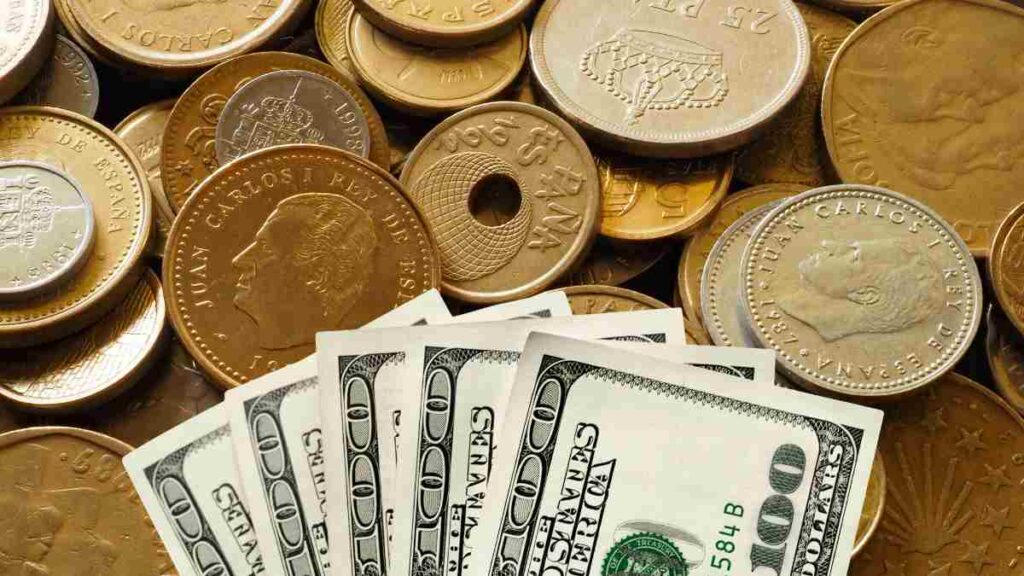Prepare for a fascinating journey through the history and evolving value of the five peseta coins minted during the era of 1939-1975. These coins, more commonly known as “un duro,” (literally hard) have captured the interest of collectors and enthusiasts alike. Let’s delve into how their worth has changed over time.
For nearly four decades, there was just one ruler in Spain, with his image imprinted on coins that circulated widely in the country. Among these, the five peseta coins became a staple in the pockets of many Spaniards.
Peseta coins value and reputation
Within the world of these coins, certain years and designs have gained a reputation for being particularly valuable. Notably, the five pesetas minted in 1949 are considered treasures. However, it’s important to note that not all of these coins have appreciated in value.
- Coins from 1949 with the stars ‘19-49’ were produced in large numbers, making them quite common. As a result, they typically fetch prices that don’t exceed 20 euros ($21.92).
- The coins that were less circulated, featuring stars ‘19-51’ and ‘19-52’, are much rarer and thus hold more value.
Exploring the subtle differences in these coins can reveal hidden treasures for collectors, with scarcity playing a pivotal role in determining their true worth.
Which is the Most Valuable 5 Pesetas Coin of Franco?
Among the 5 pesetas coins, commonly referred to as “duros,” the least valuable are from 1949 and 1950. Their worth typically ranges between 5 and 20 euros, depending on their condition. These are often found in Spanish households. However, there are three other coins that are exceptionally rare and valued at over 30,000 euros.
A Record-Breaking Auction
The highest price ever achieved for a 5 pesetas coin from the era of 1939-1975 occurred in 2011, when it fetched 36,000 euros. This remarkable event took place during an auction held by the firm Cayón Subastas. The coin was a 1949 specimen (stars 19-52) in SC (Sin Circular, or Uncirculated) condition.
The Historical Significance
The rarity and high value of this particular duro are intricately linked to its historical significance. According to experts from Coleccionistas de Monedas, the decision to produce these coins in nickel instead of silver marked an important moment. The first coins were minted with the date 1949 and stars ’19-49′, followed by ’19-50′ the next year.
